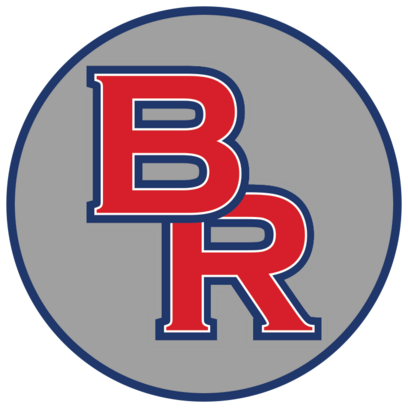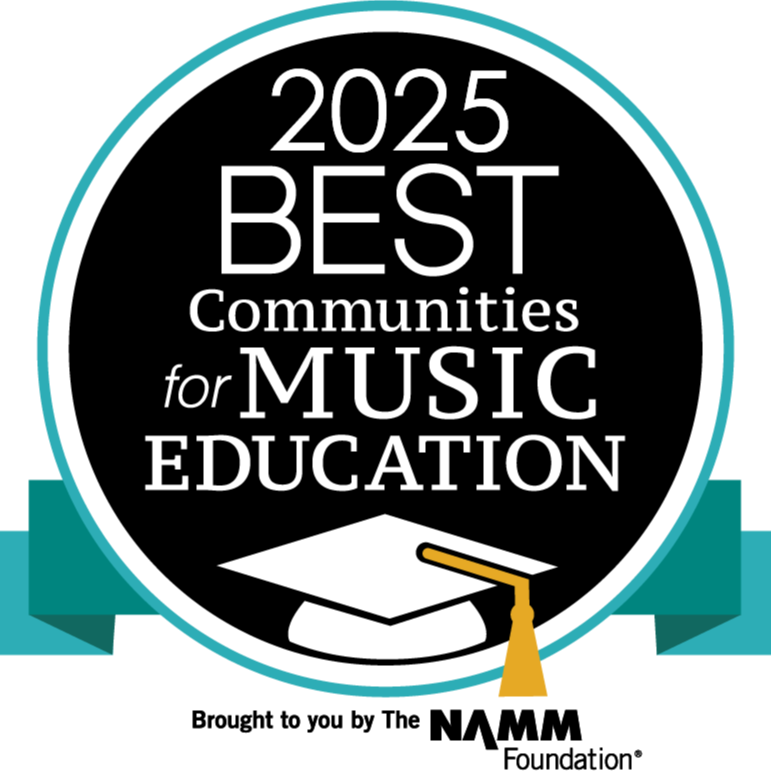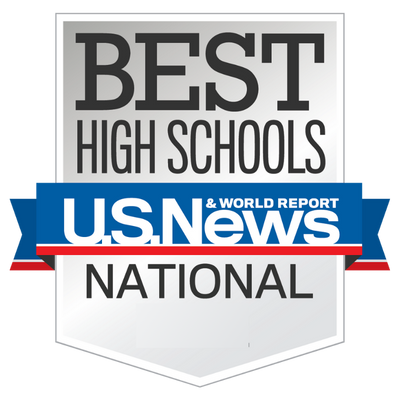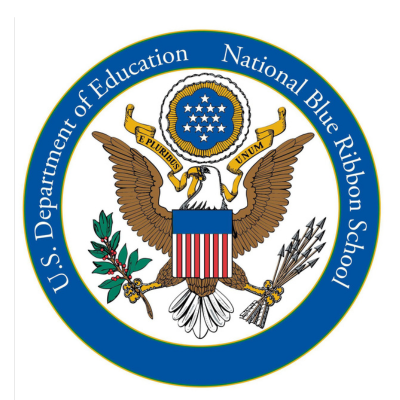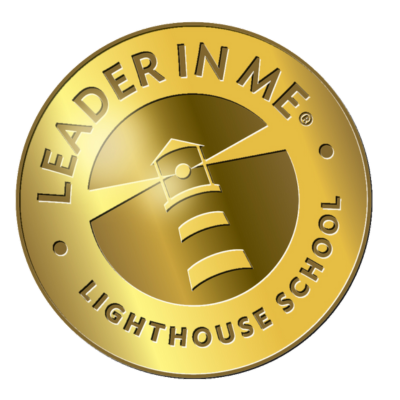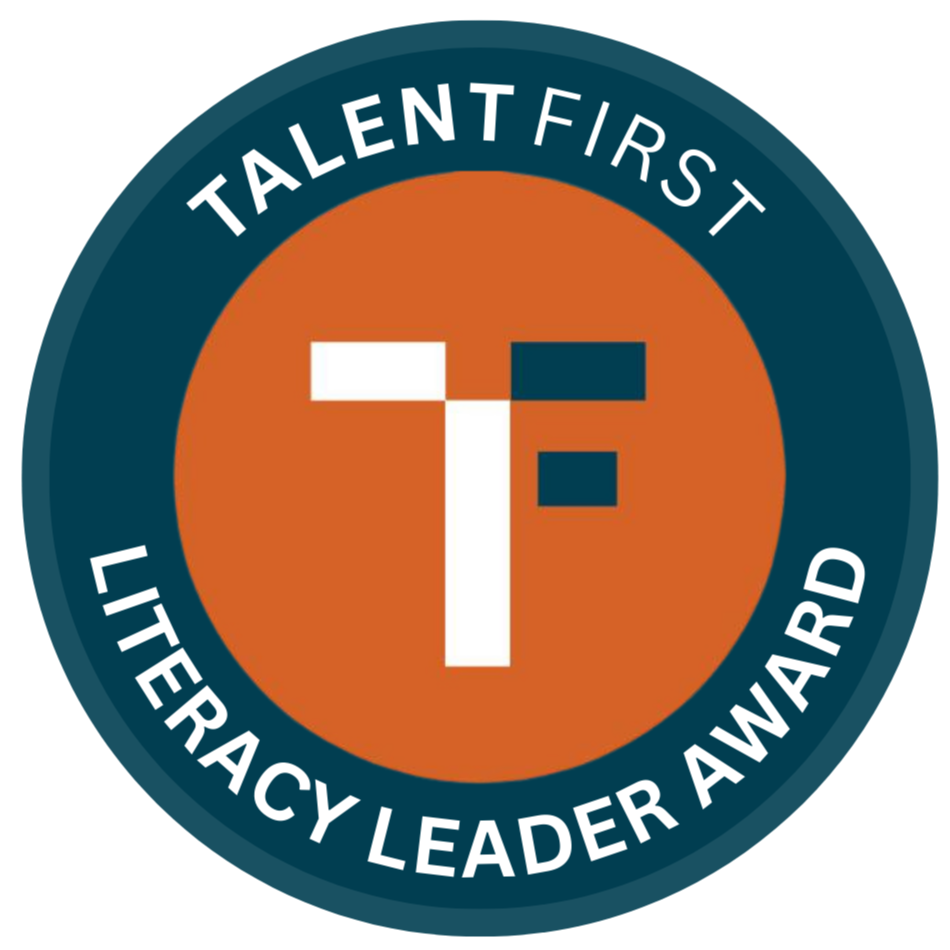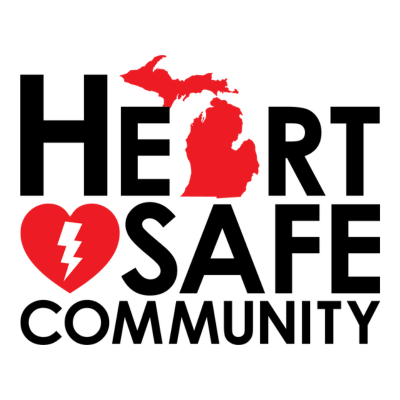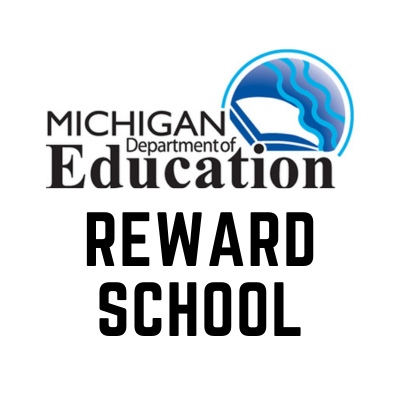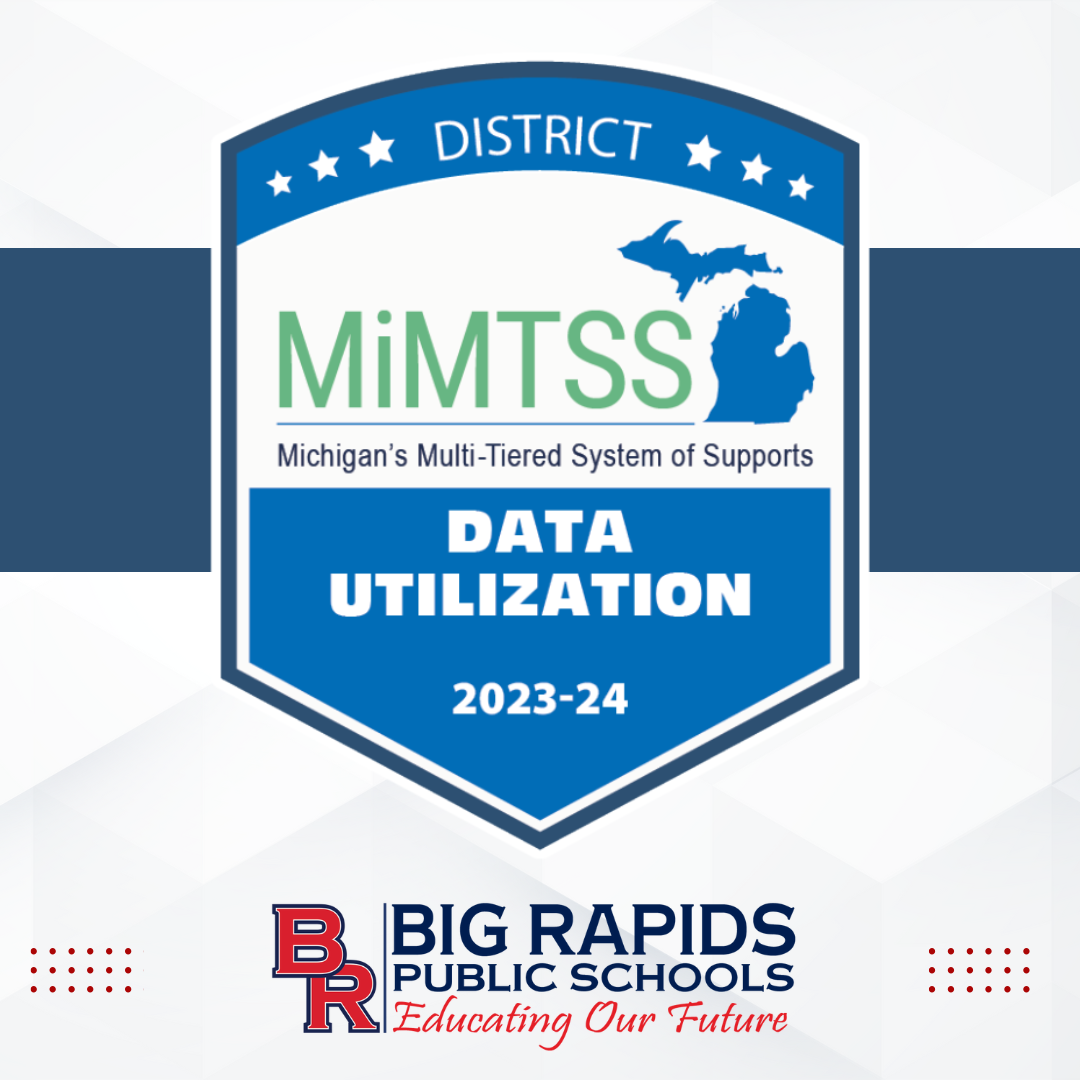Great elementary and middle schools educate their students from all socioeconomic backgrounds with the goal of setting them up for success. In turn, their students develop the core competencies in state curricula to best prepare them for high school.
U.S. News rankings use the same methodology for all included grade levels. For each state, schools were assessed on their shares of students who were proficient or above proficient in their mathematics and reading/language arts state assessments. Half of the formula assessed the scores themselves and the other half incorporated the test results in the context of socioeconomic demographics. In other words, the top-ranked schools are all high-achieving and have succeeded at educating all their students.
Big Rapids Public Schools is proud to announce that Brookside Elementary and Riverview Elementary have been recognized as 2025 Best Elementary Schools in Michigan by U.S. News & World Report. This esteemed honor reflects the schools’ commitment to academic excellence, inclusivity, and preparing students for lifelong success.
